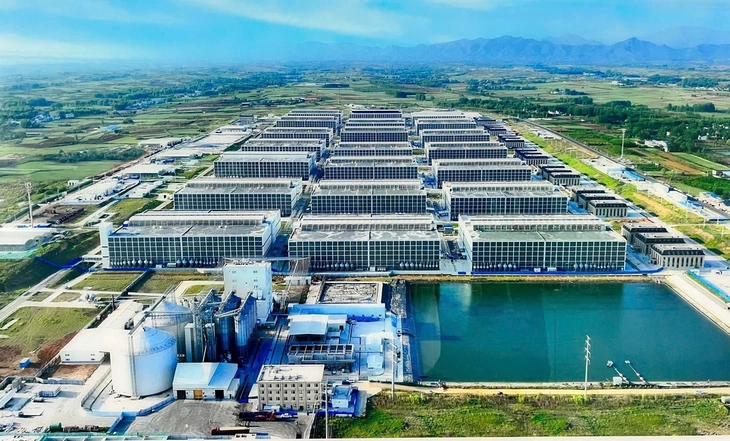
Muyuan Group's multi-storey pig farming model
On July 31, the Ministry of Agriculture and Environment said that Deputy Minister Phung Duc Tien had just signed a document requesting the Prime Minister's opinion on implementing a multi-storey pig farming model in Vietnam.
According to the Ministry of Agriculture and Environment, currently there are two units, BAF Vietnam Agricultural Joint Stock Company (BAF Vietnam) and Xuan Thien Thanh Hoa Joint Stock Company, sending documents to ask for the ministry's opinion on implementing a pig farming model in multi-storey houses.
In which, BAF Vietnam has entered into a strategic cooperation with Muyuan Group, China - the world's largest pig farming unit, featuring a multi-storey pig farm model.
BAF Vietnam proposed a project for a smart 6-storey pig farm complex in Tay Ninh. The project has a scale of 64,000 breeding sows, producing 1.6 million commercial pigs/year with a total estimated investment of more than 12,000 billion VND.
It is expected that after the project is completed and put into full operation, it can bring BAF Vietnam from 12,000 - 13,000 billion VND in revenue each year, with an expected payback period of 5 - 5.5 years.
The Ministry of Agriculture and Environment said that since 2018, China has deployed a model of raising pigs in multi-storey houses. To date, the country has more than 2,000 models, nearly 4,500 high-rise buildings raising pigs... providing 2.65 million breeding sows and more than 30 million pigs for meat each year.
Raising pigs in multi-storey houses has many outstanding advantages compared to traditional farming thanks to the application of modern scientific and technological advances, smart farming such as AI, Blockchain, ICT, automation, sensor monitoring, real-time image and sound collection of each pig to analyze and warn of diseases early, and estimate daily body weight gain.
In addition, the precise and automatic feeding system helps control the amount of food according to physical condition and needs, optimizing livestock costs.
Biosafety and disease safety are enhanced through smart water, waste and gas treatment systems. The waste water and waste treatment system helps save water, reduce emissions and create organic fertilizer for agriculture.
The environmental air management system uses a 4-layer air filtration system to eliminate over 95% of odors from pig farms, thoroughly disinfect the air discharged outside, and prevent disease pathogens from afar...
The model also saves land area and shared infrastructure, shortens site clearance time, increases land use efficiency by 4.3 times, and saves labor because one person can supervise 2,000 pigs.
This model in China has initially contributed to solving the problems of food security, disease safety, and environmental protection in pig farming in this country.
In our country, laws, projects, and strategies for developing the livestock industry all aim to modernize the livestock industry; encourage livestock farms to apply high technology and ensure biosafety and environmental protection. Vietnam also has TCVN 14209:2024 standards on multi-storey pig farms...
Pig farming is also the main livestock industry in Vietnam, accounting for 62-65% of total meat production.
In 2024, the output of live meat for slaughter will reach nearly 5.2 million tons, ranking 6th in the world.
Vietnamese pork consumption ranks fourth in the world and will increase from 30 kg of pork per person in 2021 to 37.04 kg of pork per person in 2024.
If approved by the Prime Minister, this will likely be the first "pig-raising apartment" project in Vietnam.
Source: https://tuoitre.vn/xin-y-kien-thu-tuong-cho-lam-mo-hinh-chung-cu-nuoi-heo-o-viet-nam-20250731103740867.htm


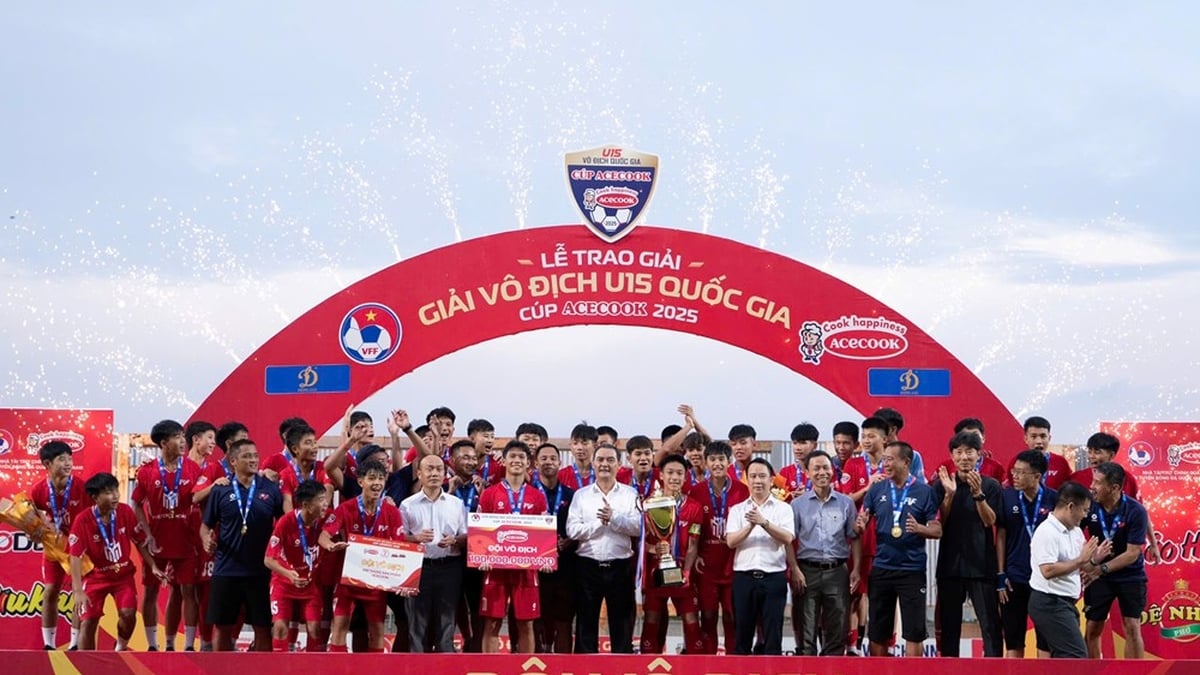
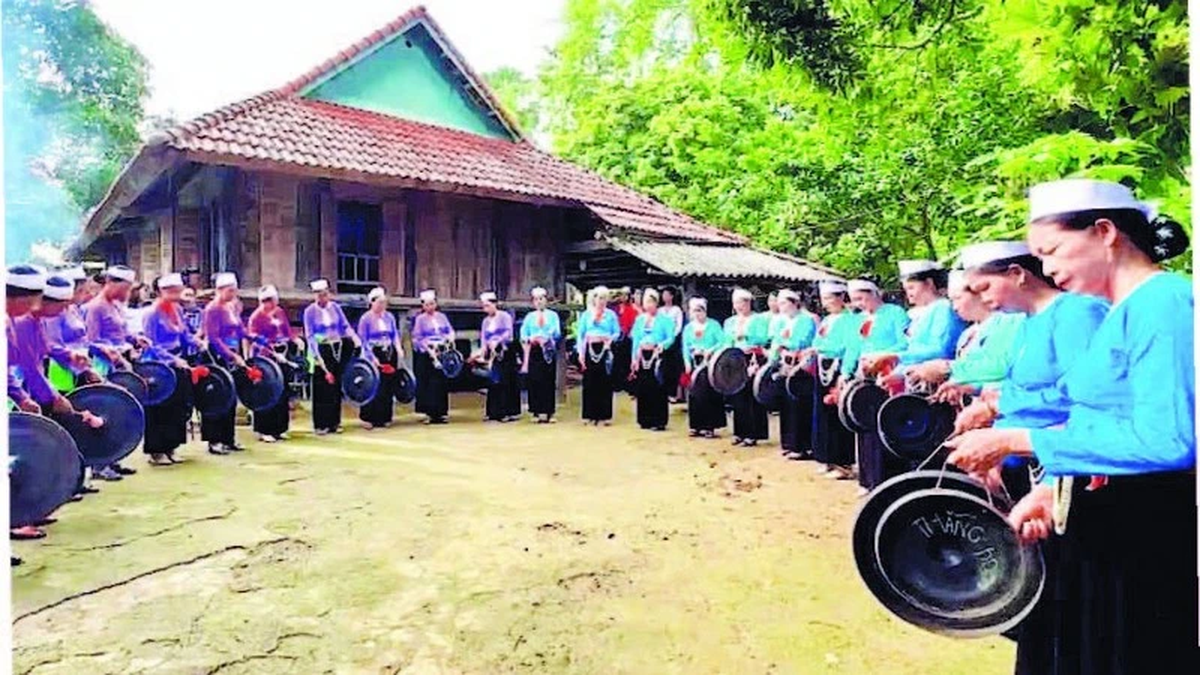


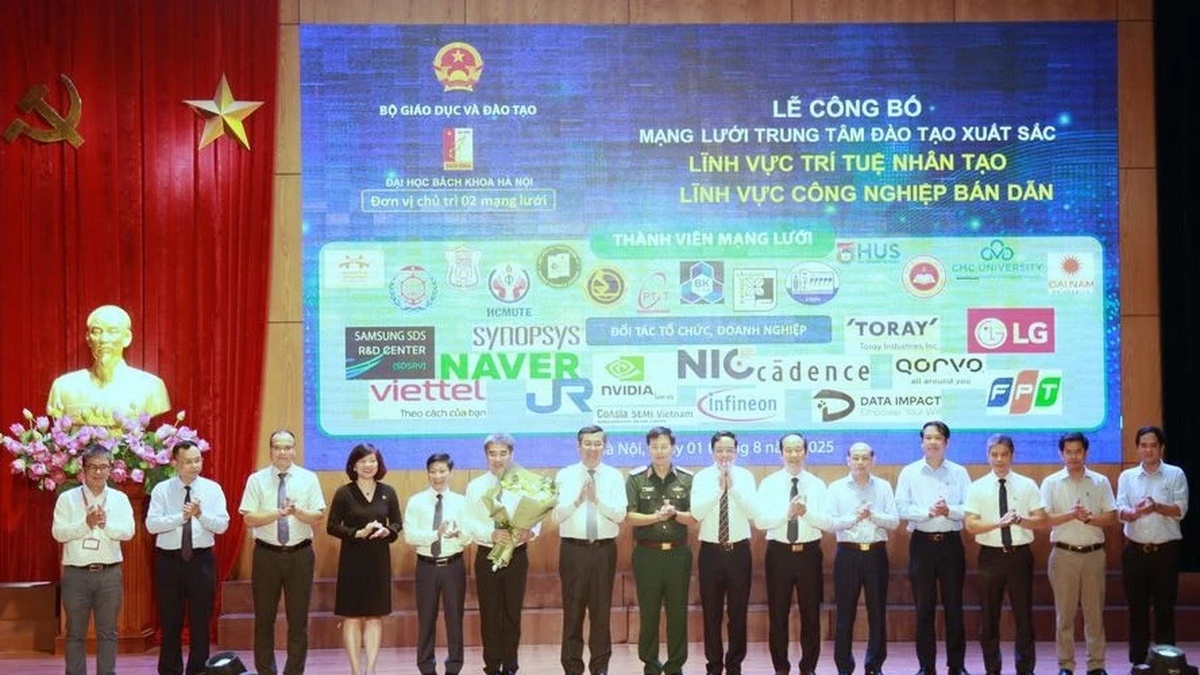
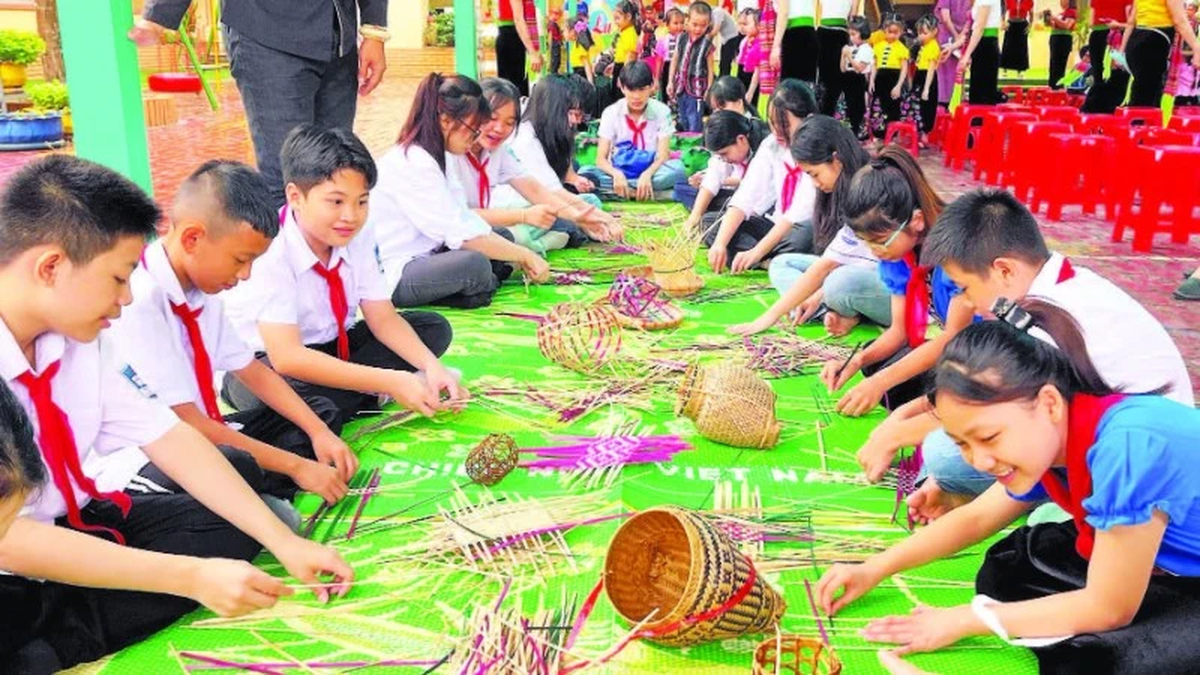

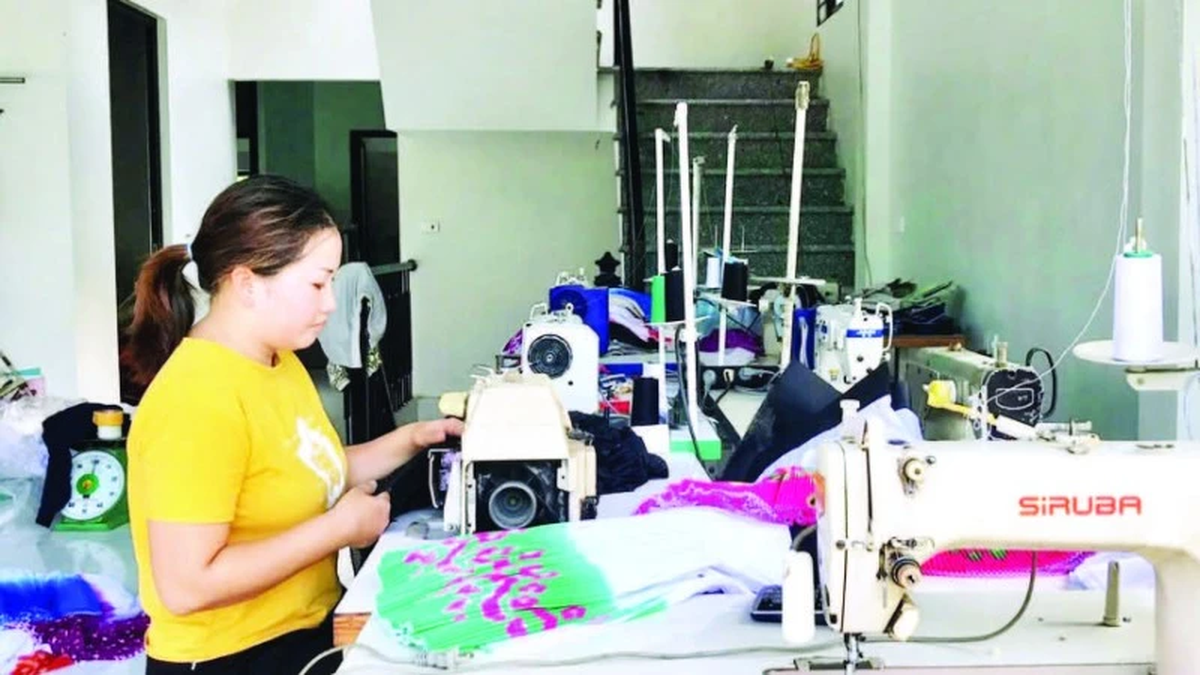

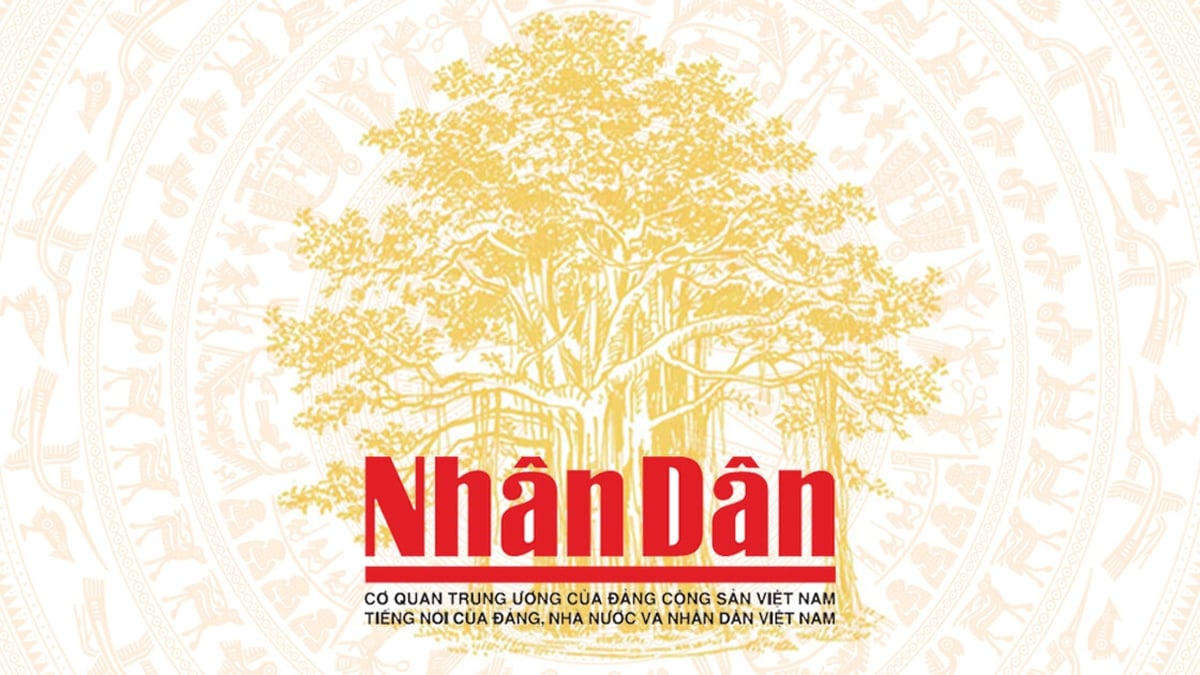




















































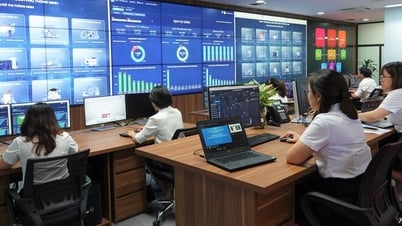
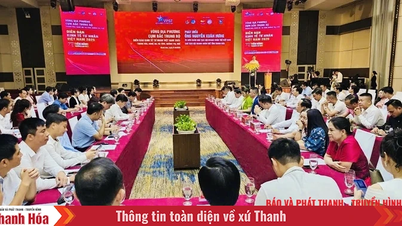

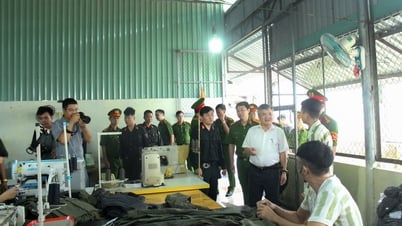


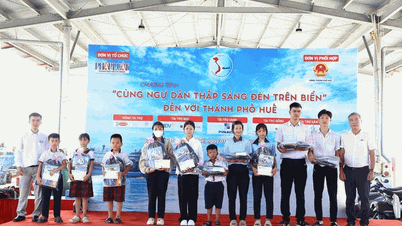































Comment (0)